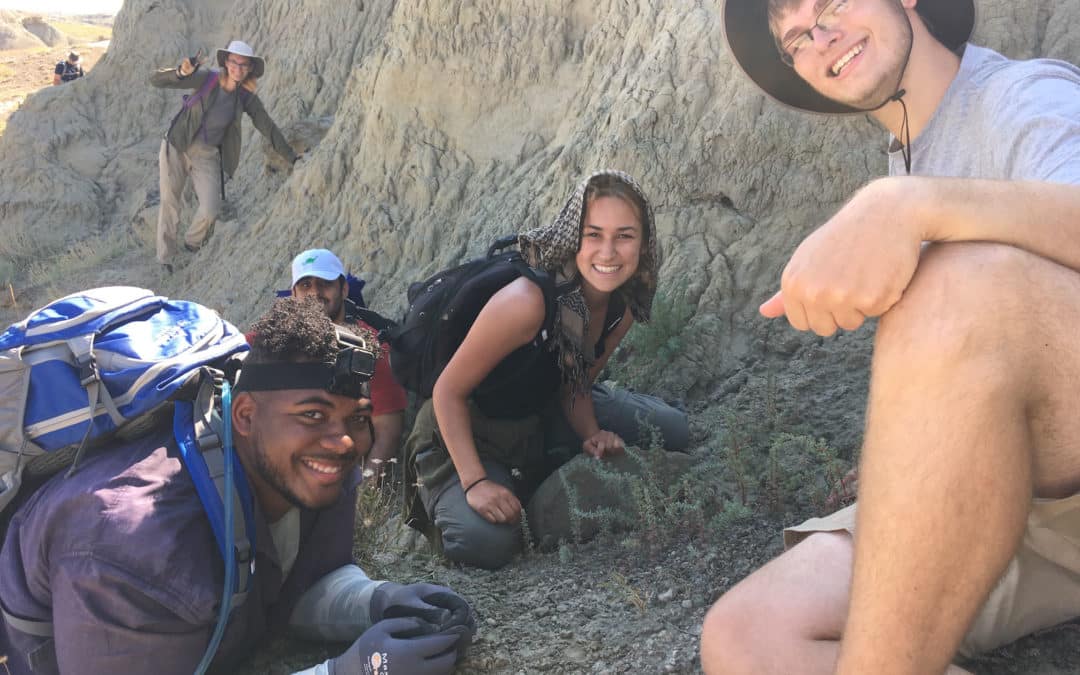Body size evolution of the first mammalian megaherbivore during Paleogene hyperthermal events, Wyoming
Overview: This project aims to understand the evolution of body size in Coryphodon, the first mammal to evolve large body size. Coryphodon was common across the northern hemisphere through much of the Paleogene, a time of tumultuous environmental and climatic change. In North America, Coryphodon experienced at least one dwarfing event during this period, halving and doubling its body mass in quick succession. Through a combination of field and laboratory work, undergraduate students will investigate the processes underlying body size evolution in Coryphodon, asking how and why climatic and environmental change may have affected the rate and duration of its growth. This project integrates knowledge and skills from earth and life sciences to answer fundamental questions about the mechanisms underlying body size evolution in the face of dramatic environmental change.
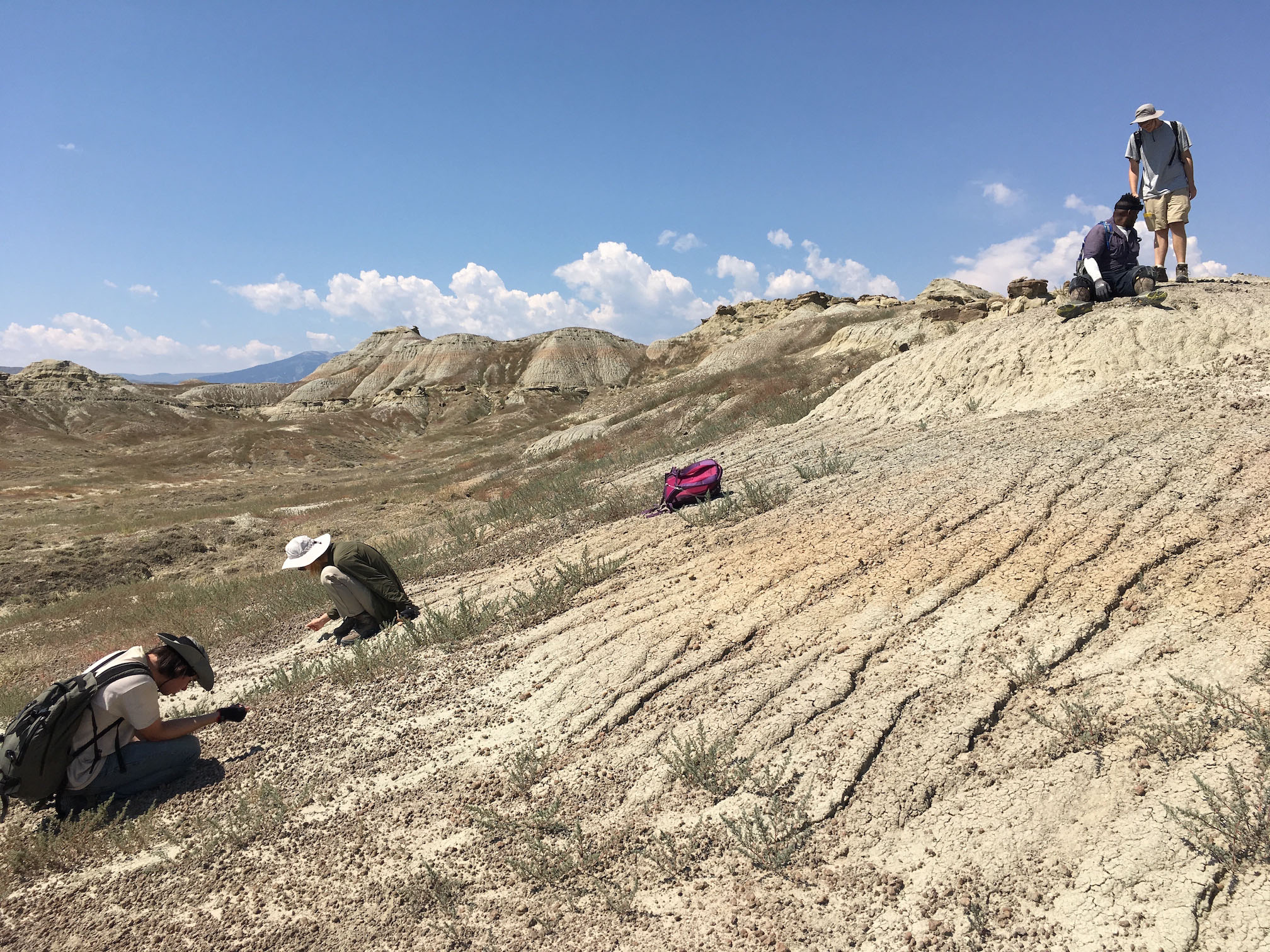
Figure 1: Students looking for fossils in the Paleogene of Wyoming.
When: June 14 – July 10, 2019
Where: Fieldwork will take place in Wyoming’s northern Bighorn Basin. Lodging will be a ~30 minute drive north, in Red Lodge, Montana.
Who: Six undergraduate students and Project Directors Dr. Michael D’Emic (mdemic@adelphi.edu) and Dr. Simone Hoffmann (shoffm04@nyit.edu). Collaborator Dr. Brady Foreman (Western Washington University) will join for the first week of the fieldwork and provide additional mentorship. Collaborator Dr. Elis Newham (University of Bristol) will contribute to cementum analysis after fieldwork.
Prerequisites and Recommended Courses: Required courses are at least two introductory-level geology and/or biology and cognate courses in chemistry and math. Suggested (but not required) courses include Historical Geology, Earth History Evolution, Anatomy, Stratigraphy/Sedimentology, and Paleontology. Experience at a field camp or in a field geology or biology course is recommended but not required. We are particularly interested in applicants who are comfortable in outdoor/backcountry settings, are able to complete day hikes in warm temperatures (on occasion greater than 95° F in the high desert climate), and who want to use this work to complete a senior thesis (or equivalent).
Expectations and Obligations:
1. Participation in all project-related work during the summer (June 14-July 10, 2019).
2. Follow up data analysis at home institution and regular conference calls with research advisors throughout academic year.
3. Write an abstract and present a paper (poster or talk) for the Geological Society of America Cordilleran meeting in Pasadena, California (conference is 12-14 May, 2020).
4. Write a short contribution (4-6 pages text + figures) to be published in the Proceedings of the Keck Geology Consortium 2020 Volume (first draft due Mid-February).
5. Expected but not required: Use this work for the completion of a senior thesis (or equivalent) at your home institution.
PROJECT DESCRIPTION
Background and Goals: Climate change affects the resources available to animals, impacting factors such as their geographic ranges, growth rates, and reproductive behaviors. These effects can be measured in the fossil record and used to predict ecosystem change in the future (Barnosky et al., 2017). One of the best-studied examples of past climate change and its effects is the Paleocene-Eocene Thermal Maximum (PETM) at about 56 Ma, which caused massive perturbations in floras (Wing et al., 2005), fluvial landscapes (Foreman et al., 2012), and mammalian evolution (Gingerich, 2003). The PETM was followed by a long-term warming trend during the early Eocene that culminated with the Early Eocene Climatic Optimum (Zachos et al., 2008). This long-term warming trend was punctuated by ‘hyperthermal’ events similar to the PETM during the early Eocene (Abels et al., 2015). In response to the PETM and other hyperthermals, rapid and extreme mammalian dwarfing occurred (Gingerich, 2003; Secord et al., 2012, d’Ambrosia et al., 2017). It is unclear how mammals evolved their smaller body size in terms of growth pattern and duration. The most commonly cited hypothesis is that dwarfing was due to decreased growth rates owing to lower nutrition content of plant resources (Gingerich, 2003). However, this hypothesis has not been tested, and it is equally plausible that smaller body size was achieved by growing at the same rates for a shorter period of time (Palkovacs, 2003). Undergraduates will test these hypotheses using the rich mammal fossil record in the Bighorn Basin of Wyoming, which densely covers the Paleogene.
This project will evaluate the growth mechanisms underlying changes in body size in the Paleogene mammal Coryphodon. Coryphodon is known from hundreds of localities in precisely dated paleosols of the Bighorn Basin, and its bones and teeth preserve annual growth rings that allow individual specimens to be aged. Coryphodon was the first mammalian megaherbivore ever to evolve (body mass > 1000 kg), reaching the size of a small rhinoceros during the mid-Paleocene (Uhen and Gingerich, 1995). Shortly after the PETM, it underwent a dwarfing event to half its body mass only to return to its original size later in the Eocene (Uhen and Gingerich, 1995).
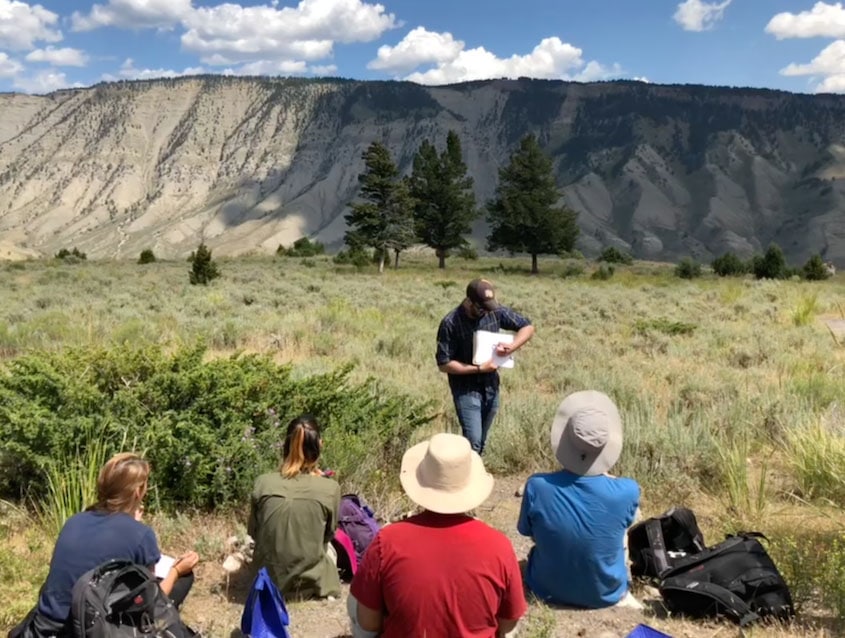
Figure 2: Project director Dr. Michael D’Emic teaching a field course in Wyoming.
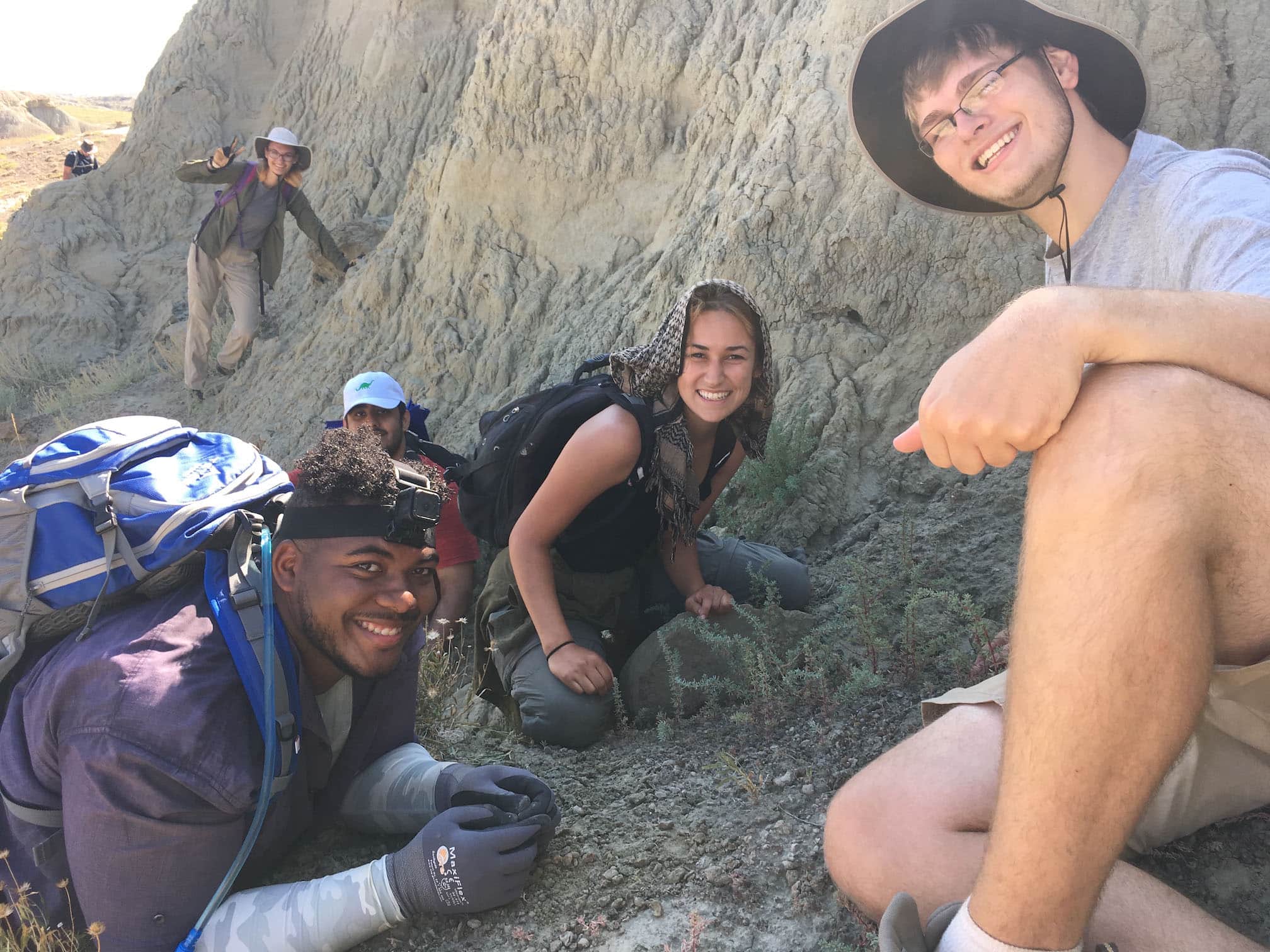
Figure 3: Students collecting a rich concentration of fossils from ancient soil beds in Wyoming.
Geologic Setting
Fieldwork will take place in Fort Union and Willwood formations of the northern Bighorn Basin, which are composed of a more than 2,000 m thick sequence of fluvial, floodplain, and minor palustrine deposits (Bown and Kraus, 1981). These extensive strata have been the target of over a century of detailed paleontological fieldwork, resulting in the recovery of tens of thousands of specimens (Gingerich, 2003). Fossil-hosting ancient soil horizons can be resolved temporally to ca. 100,000-year time intervals (Secord et al., 2006). In the case of Coryphodon there appears to be a mismatch between its interpreted semiaquatic lifestyle, inferred from anatomy and oxygen isotope data (Simons, 1960; Fricke et al., 1998), and the well-drained soil horizons it is surface collected from: (Uhen and Gingerich, 2003). We will address this conundrum by collecting detailed sedimentological data to place each newly collected specimen in a paleoenvironmental context.
The Willwood Formation contains a thick accumulation of floodplain deposits. The floodplain strata are characterized by a variety of paleosol sequences linked to short-term and long-term changes in sedimentation and pedogenic processes. A student pursuing this project would excavate specific soil horizons from several locations spanning the early Eocene and tied to the fossil sites collected. Excavation of fresh rock material will allow the student to characterize morphologic features within the soil horizons including ped structures, mottling, development of pedogenic nodules, and trace fossils. Previous studies have developed metrics based on these observations that produce a semi-quantitative record of floodplain drainage conditions and, in some cases, mean annual rainfall. The student would construct a long time series of these conditions spanning the same time frame and stratigraphic positions as the Coryphodon material. Collaborator Brady Foreman has applied this methodology to soil sequences in early Paleogene strata in Colorado and trained both undergraduates and graduate students in this process. Potential scientific questions include “What are the long-term hydrologic conditions in the Bighorn Basin during the early Paleogene?” “How do these paleoclimatic conditions compare to those of other Laramie basins?”
Much of the existing lithostratigraphic information in the northern Bighorn Basin is based on work performed in the late 1970s and early 1980s with the purpose of placing fossil localities in stratigraphic order relative to the K/Pg boundary. More detailed sedimentologic descriptions and assessments of larger stratigraphic changes in river deposition have been performed in isolated intervals focused on the Paleocene-Eocene boundary. A student involved in this project would measure a series of stratigraphic sections to establish long-term changes in fluvial deposition within the northern Bighorn Basin. The student would also perform assessments of biostratigraphy and integrate existing fossil localities and new localities discovered by this project into an updated and more detailed stratigraphic framework. Potential scientific questions include “What are the long-term changes in fluvial deposition and its relationship to climate?” “Is there a relationship between larger-scale fluvial deposition and the productivity and occurrence of fossil localities?”
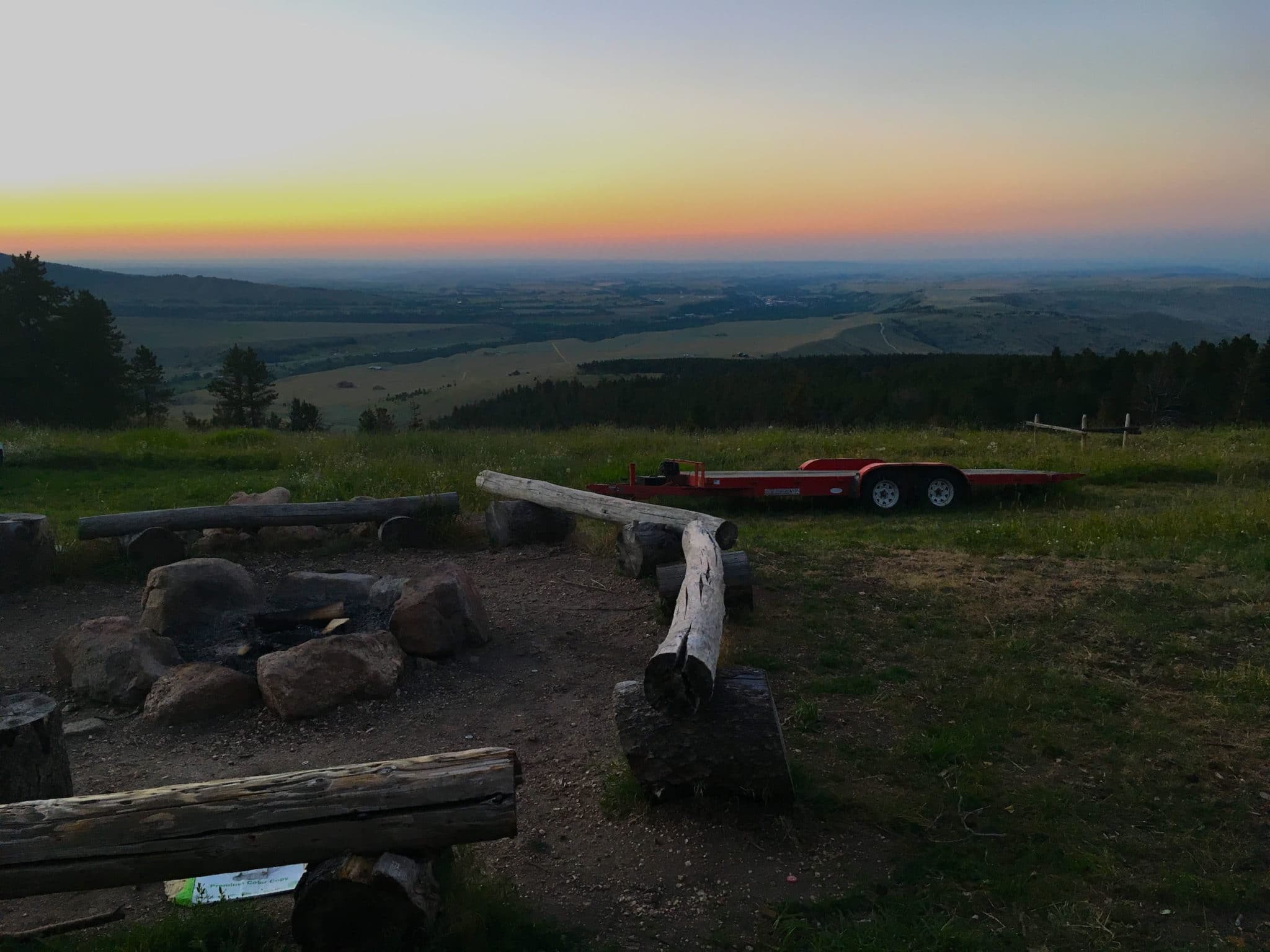
Figure 4: The campfire ring at field camp, where students will both stay and perform lab work.
Potential Student Projects
Students will conduct fieldwork focusing on collecting new Coryphodon specimens. We will bring newly collected specimens back to the field station where students will prepare, photograph, mold, and cast the fossils. On laboratory days, students will be able to create thin sections of Coryphodon bones and teeth and will take photomicrographs of growth rings in tooth cementum and bones. In the last week of the project, students will estimate body mass for all samples and learn how to analyze growth curves in R. Specifically, students will plot individual age vs. body mass and fit competing growth models to the data using likelihood criteria (analysis in R). Growth models will be compared through time, and maximum growth rate and growth duration will be plotted against paleotemperature estimates to discover potential correlations between mechanisms of body mass evolution and climate. Students will also characterize floodplain drainage and the stratigraphic framework surrounding new fossil findings under the supervision of collaborator Dr. Brady Foreman (see description under ‘Geologic Setting’ above).
Student projects (each student takes the lead on one; collaborations encouraged):
1) bone histology
2) tooth histology
3) growth curve analysis
4) taphonomy/paleoenvironment
5) floodplain drainage
6) stratigraphic framework
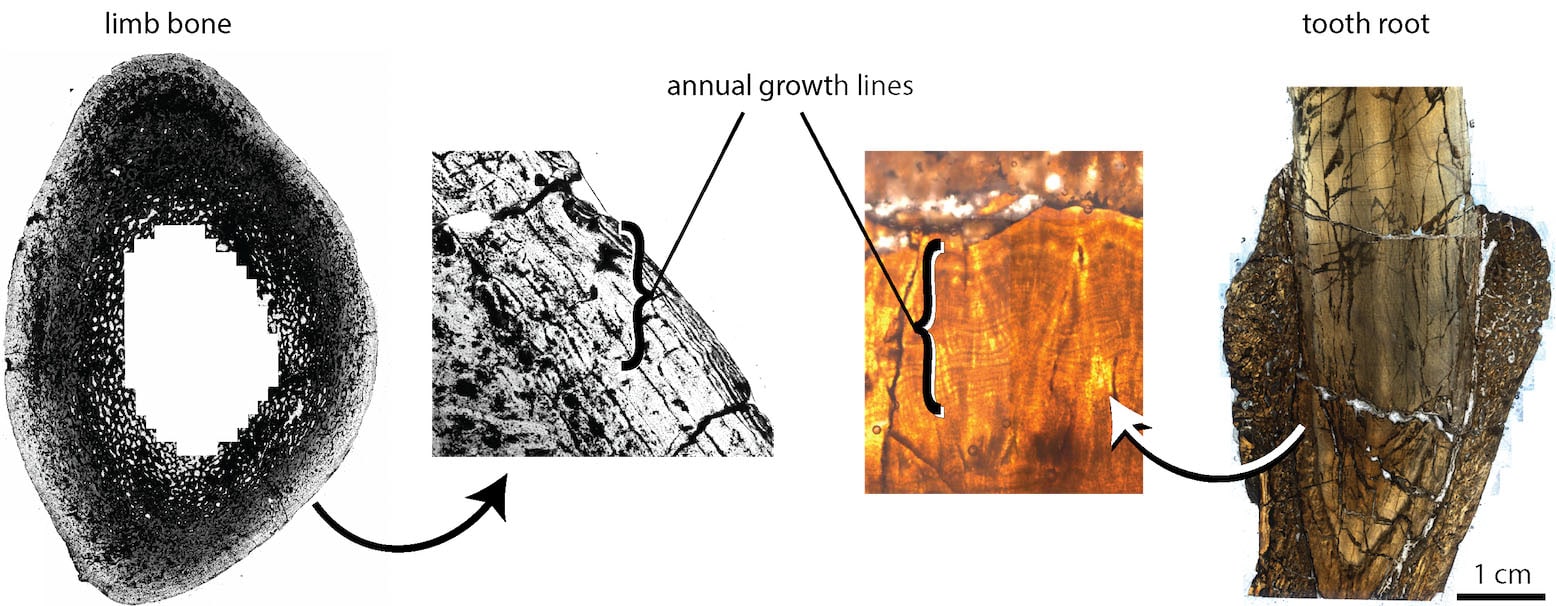
Figure 5: Annual growth lines in Coryphodon bones and tooth roots. The number of rings equals the age of the animal and the spacing of the rings indicates how fast the animal grew.
PROJECT LOGISTICS
Project directors D’Emic and Hoffmann have led or participated in extensive fieldwork in the proposed field area. This project will be based out of the Yellowstone Bighorn Research Association, which is commonly used by geology field camps working in the area. Students will stay in group cabins, all three meals are provided, and there are several classrooms available for working on projects, lectures, and group discussions in the evenings. Collected fossils will eventually be accessioned at the University of Michigan Museum of Paleontology under the Bureau of Land Management permits. An Isomet slow-speed saw, Buehler sander/grinder, electronic balance, and small vacuum chamber will be used to set up a histology lab in the field. Students will be trained in taking specimen photos, molding, and casting to preserve the morphology of the bones before sampling. Students will take mid-shaft cross sections of long bones and cross-sections of tooth roots using diamond blades on a slow-speed Isomet saw. Petrographic-style thin sections will be created according to standard paleohistological techniques (Lamm and Padian, 2013). A microscope with a USB-attached camera will be made available so that students can take photomicrographs of growth rings in bones and teeth. Students will use either personal laptops or laptops from one of the Project Directors’ institutions. Students working on floodplain or stratigraphic projects will be trained in sedimentologic analysis and measuring stratigraphic sections.
Safety
As with any field and lab work there will be safety concerns. Field risks include dehydration, heat stroke, exhaustion, sunburn, insect bites, poisonous snakes, and physical injuries such as sprained ankles and broken bones. Lab risks are relatively minor, but include risk of cuts and scrapes when making thin sections. Risks will be mitigated by following proper training protocols, outlining and identifying the risks, and holding several safety meetings. Faculty associated with the project have extensive experience in all pertinent field and lab methodologies, first aid training, and will coordinate with lab technicians to maintain safety standards.
The faculty members involved in this project and collaborators collectively have over 20 field seasons of experience working in the region. They have published several scientific articles centering on the field area. All have led several field crews of undergraduate and graduate students under similar circumstances.
PROFESSIONAL DEVELOPMENT
All students involved with the project will attend the GSA Cordilleran section meeting in Pasadena, California (12–14 May 2020). We hope most students will be first author on one abstract, and probably secondary authors on others due to the collaborative nature of the project.
All students are required to complete a 4–6 page paper (short contribution) that will be published in the Proceedings of the Keck Geology Consortium 2020 Volume (see examples from previous years). The first draft of this paper will be reviewed by your research advisor at your home institution sometime in late February, 2020, with the revised version sent to the project directors by March 1. Final versions of your paper and figures will be submitted to the Keck Office in Mid-March.
References
Abels, H.A., Clyde, W.C., Gingerich, P.D., Hilgen, F.J., Fricke, H.C., Bowen, G.J., and Lourens, L.J. 2012. Terrestrial carbon isotope excursions and biotic change during Palaeogene hyperthermals. Nature Geoscience 5: 326–329.
Barnosky, A.D., Hadly, E.A., Gonzalez, P., Head, J., Polly, P.D., Lawing, A.M. et al. 2017 Merging paleobiology with conservation biology to guide the future of terrestrial ecosystems. Science 355: eaah4787.
D’Ambrosia, A.R., Clyde, W.C., Fricke, P.D. Gingerich, and Abels, H.A. 2017. Repetitive mammalian dwarfing during ancient greenhouse warming events. Science Advances 3: e1601430.
Bown, T.M., and Kraus, M.J. 1981. Lower Eocene alluvial paleosols Willwood Formation, northwest Wyoming, USA and their significance for paleoecology paleoclimatology, and basin analysis. Palaeogeography, Palaeoclimatology, Palaeoecology 34: 1–30.
Fricke, H.C., Clyde, W.C., O’Neil, J.R., and Gingerich, P.D. 1998. Evidence for rapid climate change in North America during the latest Paleocene thermal maximum: oxygen isotope compositions of biogenic phosphate from the Bighorn Basin (Wyoming). Earth and Planetary Science Letters 160: 193–208
Gingerich, P.D. 2003. Mammalian responses to climate change at the Paleocene-Eocene boundary: Polecat Bench record in the northern Bighorn Basin, Wyoming. In S.L. Wing, P.D. Gingerich, B. Schmitz, and E. Thomas (eds.), Causes and consequences of globally warm climates in the early Paleogene, Geological Society of America, Special Paper 369: 463–478.
Palkovacs, E.P. 2003. Explaining adaptive shifts in body size on islands: A life history approach. Oikos, 103: 37–44.
Secord, R., Bloch, J.I., Chester, S.G.B., Boyer, D.M., Wood, A.R., Wing, S.L., Kraus, M.J.,McInerney, F.A., and Krigbaum, J. 2012. Evolution of the earliest horses driven by climate change in the Paleocene-Eocene Thermal Maximum. Science 335: 959–962.
Simons, E.L. 1960. The Paleocene Pantodonta. Transactions of the American Philosophical Society 50: 1–81.
Uhen, M.D., and Gingerich, P.D. 1995. Evolution of Coryphodon (Mammalia, Pantodonta) in the late Paleocene and early Eocene of northwestern Wyoming. Contributions from the Museum of Paleontology, University of Michigan 29: 259–289.
Wing, S.L., Harrington, G.J., Smith, F.A., Bloch, J.I., Boyer, D.M., and Freeman, K.H. 2005. Transient floral change and rapid global warming at the Paleocene-Eocene boundary. Science 310: 993–996.
Zachos, J.C., Dickens, G.R., and Zeebe, R.E. 2008. An early Cenozoic perspective on greenhouse warming and carbon-cycle dynamics. Nature 451: 279–283.

